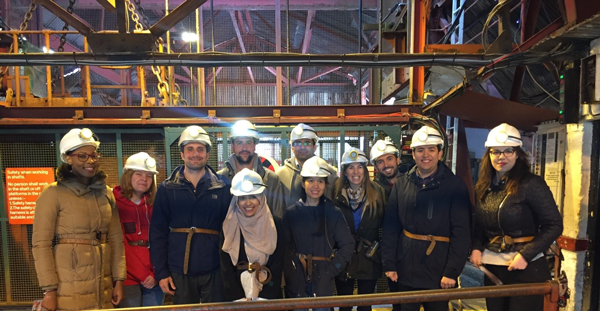
Down to the pit, the big pit
On Friday, 11 May, some Cheveners took over the Big Pit National Coal Museum — an industrial heritage museum in south Wales and one of Britain’s leading coal mines during the industrial revolution.
Almost in the darkness, we travelled back in time and went underground 90 metres down to understand and explore where hundreds of men, women, and children once worked to extract the precious minerals that stoked furnaces and lit the household fires of the world.
Over 270,000 men were employed in the south Wales field alone, but there were more than 550 coal mines across Wales.

Cold and the humid walls of what was known as the ‘black gold’ are now part of this exhibition to remember those who ‘worked in the industry, but also were victims of it,’ we were told. A lack of regulations underground and across the country took too many lives back in the Victorian days.

No mobile phones, no watches, and no cameras were allowed down there. Therefore there are no pictures from underground due to security measures. A proper disconnection from the modern times to travel to the past. Thus, we indeed made the most of this visit.
‘Seeing the pits took my understanding and appreciation of what coal really was to the world, to an entirely new level. A once in a lifetime experience!’ said Louise Victor, a Chevener from St Lucia studying at Cardiff University.

Only one hour and a half from Cardiff, the Big Pit National Coal Museum is set in a unique industrial landscape, designated a World Heritage Site by UNESCO in 2000 in recognition of its international importance to the process of industrialisation through iron and coal production.

The Big Pit is a living, breathing reminder of the coalmining experience and a unique opportunity for us also to raise awareness about sustainable energy alternatives. Dr Tim Patterson from the University of South Wales explained to us about this issue at the end of the day.

